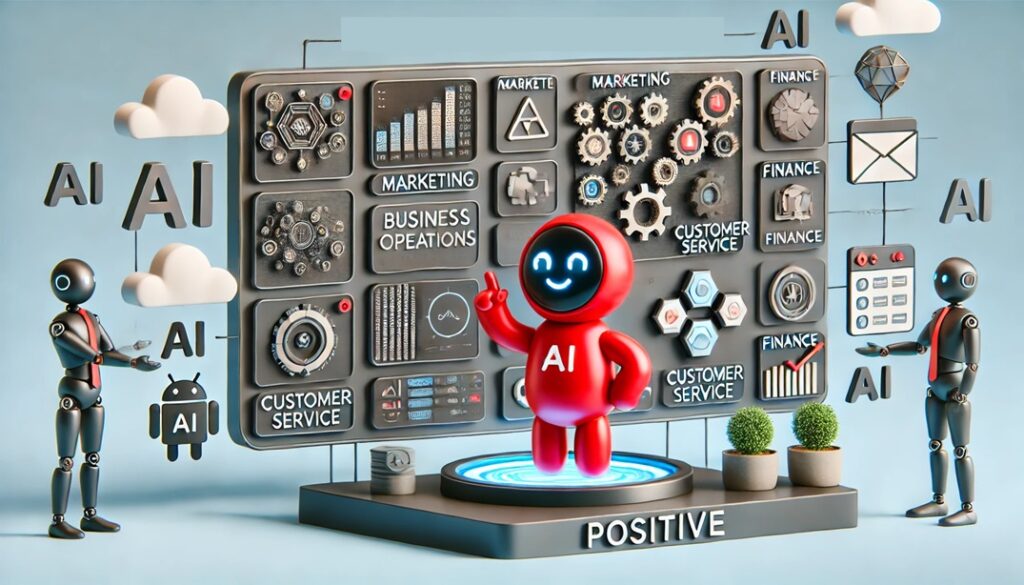Transitioning LLM Apps to Production: The Shift from Streamlit to FastAPI/React
In the realm of AI and LLM application development, Python remains the cornerstone language, often coupled with Streamlit for its rapid prototyping capabilities. However, as applications transition from development stages to production-ready solutions in real business environments, the need for more robust, scalable UI frameworks becomes apparent. At Positive doo, where we specialize in developing LLM applications to aid businesses in their digital transformation, we often find ourselves at this crossroads, contemplating the shift from Streamlit to more dynamic frameworks like FastAPI coupled with React.
Why Move Beyond Streamlit?
Streamlit offers an excellent starting point with its ease of use and efficiency in creating interactive UIs. However, when scaling for production, particularly in business applications that demand high performance, security, and scalability, Streamlit can fall short. This is where frameworks like FastAPI and front-end libraries like React come into play, offering more control over the application architecture and enhanced user experience capabilities.
Streamlining the Transition
Transitioning from Streamlit to FastAPI/React, while beneficial, can be daunting. To make this process as painless as possible, a structured approach is necessary:
- Incremental Transition: Start by integrating FastAPI with Streamlit, slowly replacing components with their React counterparts. This gradual integration helps maintain stability and allows teams to adjust to the new stack.
- Staff Training: Ensure that your development team is well-versed in both FastAPI and React. Investing in training or hiring specialists can mitigate the learning curve associated with these technologies.
- Modular Development: Build your application in modules or microservices. This approach not only simplifies the transition but also enhances the maintainability and scalability of the application.
- Use of API Gateways: Implementing an API gateway when transitioning to FastAPI can simplify interactions between the frontend (React) and the backend services, ensuring smoother communication and better performance.
Is This the Right Approach?
For Positive doo, and similarly positioned companies, this transition is not just beneficial; it’s imperative. FastAPI provides the backend robustness required for handling multiple requests and managing asynchronous tasks efficiently, which is crucial for LLM applications. React, on the other hand, allows for building rich, interactive user interfaces that can dynamically update based on user interactions and data changes. Together, they form a powerful combination that can handle the demands of enterprise-grade applications, making them ideal for deployment in a production environment.
Conclusion: Embracing Advanced Frameworks for Better Outcomes
At Positive doo, adopting FastAPI and React for our production-level LLM applications, and Transitioning LLM Apps to Production is a strategic move to ensure that our digital transformation services are not only innovative but also reliable and scalable. This approach allows us to provide our clients with applications that are not only functionally advanced but also superior in user experience, ultimately facilitating a smoother digital transition. As the landscape of LLM applications continues to evolve, staying ahead of technology curves and adopting practices that enhance application readiness for production is undoubtedly the right approach for us.
If you want to learn more, read our stories about AI
Share



